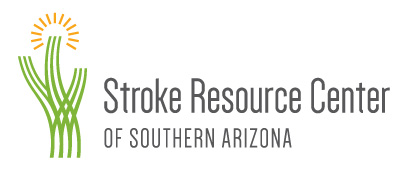What is a stroke? Am I at risk? What are the signs? FAQ
A stroke happens when a portion of the brain does not receive enough oxygen. When this happens, part of the brain can be permanently injured.
There are three kinds of strokes:
Ischemic:
An ischemic stroke happens when a clot forms in a brain blood vessel, blocking blood flow and oxygen to a part of the brain. Ischemic strokes are the most common type of stroke.
Transient Ischemic Attack (TIA):
If a brain blood vessel becomes blocked for a short period of time, blood flow and oxygen to the brain can slow down or even stop. When this happens, stroke-like symptoms can occur. This is called a Transient Ischemic Attack, abbreviated “TIA.” TIA is often referred to as a mini-stroke.
Even though TIA does not cause permanent damage, they are serious warning signs of stroke and should not be ignored and should be taken care of immediately.
Hemorrhagic:
Hemorrhagic stroke happens when a blood vessel in the brain bursts and blood leaks into or around the brain. This blood is toxic and can permanently injure the brain.
